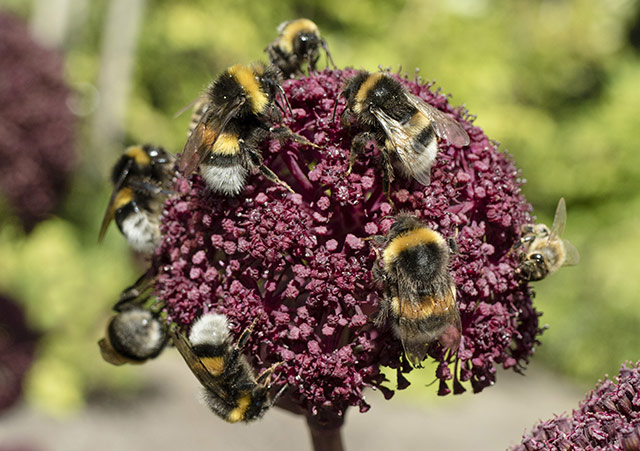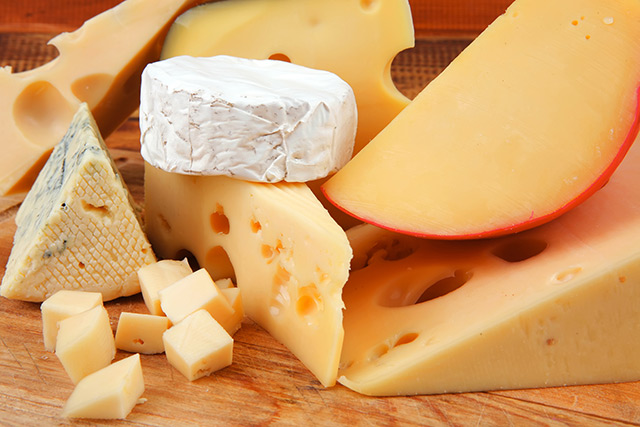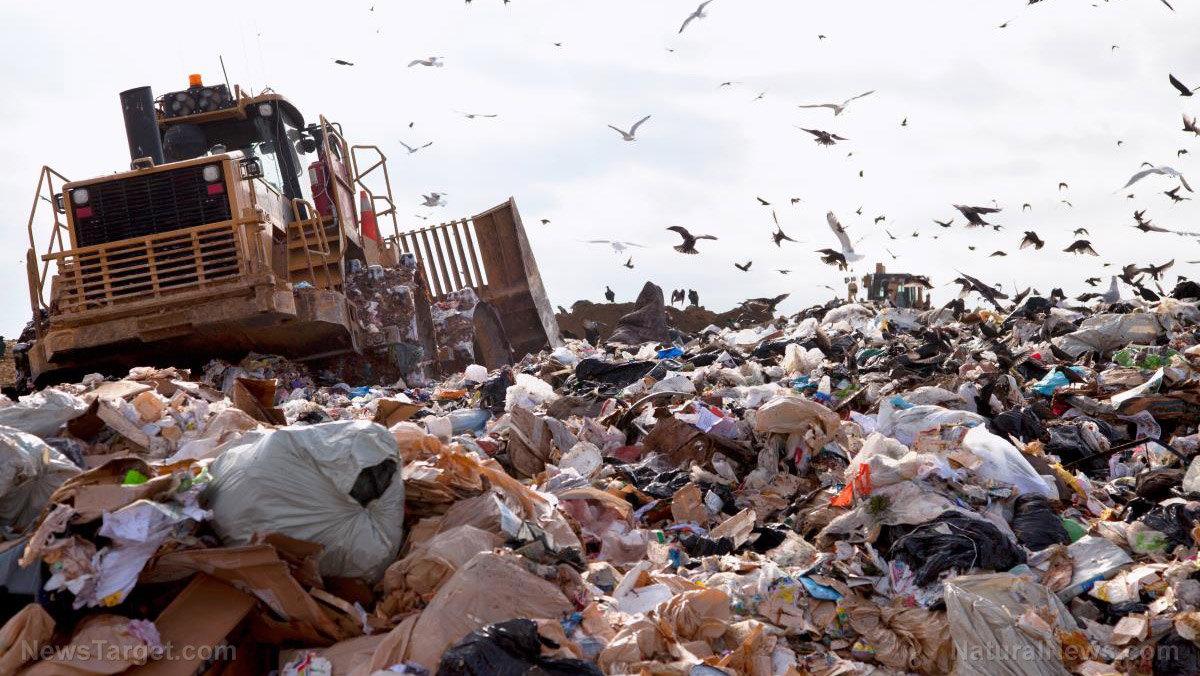 Parler
Parler Gab
Gab
Different bees dominate different flower species
Various factors affect bees' foraging efficiency, including tongue length, body mass and wing length. Energetic efficiency is a single measure that encompasses all of those factors. How energetic efficiency applies to community-level resource partitioning has not been explored fully. To that end, the researchers analyzed the behavior of over 1,000 bees. They also studied 22 flower species in Southern England. The flowers were in various locations, including parks, a nature reserve, and the countryside. They used a portable electronic balance to weigh each bee and determined that bumblebees were almost twice as heavy as honeybees. This means they use almost twice as much energy, too. Using stopwatches, the researchers timed honeybees and bumblebees as they moved among the flowers. They found that bumblebees moved twice as fast as honeybees as if to compensate for their energy expenditure. Bumblebees also visited certain flowers, such as lavender, at almost three times the rate of honeybees. The researchers also observed that the flowers' structure had a great impact on bees' energetic efficiency. For instance, they observed that honeybees dominated ling heather. The plant typically grows clumps of small flowers, which are better suited for nimbler pollinators like honeybees. On the other hand, bumblebees dominated erica heather. The researchers found this plant growing beside the ling heather in the same nature reserve. Erica heather grows large, bell-shaped flowers. To sum up, bees dominate those flower species whose structure complements their energetic efficiency, which may explain why different bee species, such as honeybees and bumblebees, do not compete head-on for nectar. This is reassuring in terms of bee conservation because flowering plants are diverse. Bee conservation greatly benefits from flower diversity, said co-author Francis Ratnieks. He added that flower diversity should be a focus on bee conservation efforts. This study also shows that the general public can help further bee conservation efforts by planting various summer-blooming flowers or cutting their grass less often. Lead author Nicholas Balfour said these can really help pollinators during late summer. (Related: Here’s a good excuse to wait on a chore: It’s good for the bees if you mow the yard less frequently.) Read more articles about bee conservation at Bees.news. Sources include: ScienceDaily.com ESAJournals.OnlineLibrary.Wiley.comStudy shows antioxidants in cheese may protect blood vessels from salt damage
By Rose Lidell // Share
Supplementing with vitamin D found to improve blood pressure in overweight children
By Zoey Sky // Share
IRONY: “Green” solar energy creating massive landfill waste problem in California
By Ethan Huff // Share





